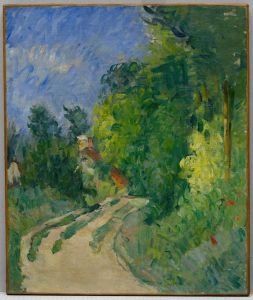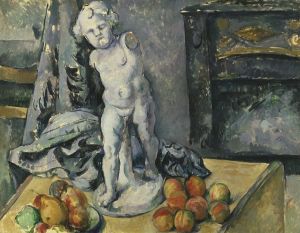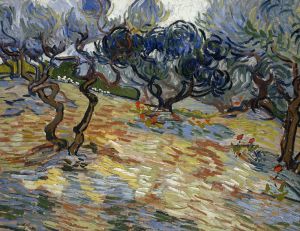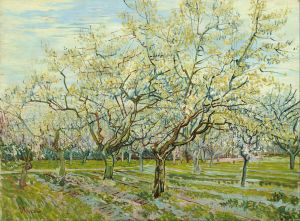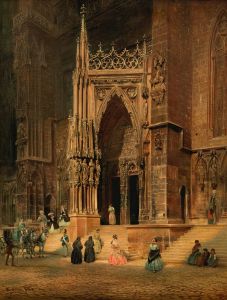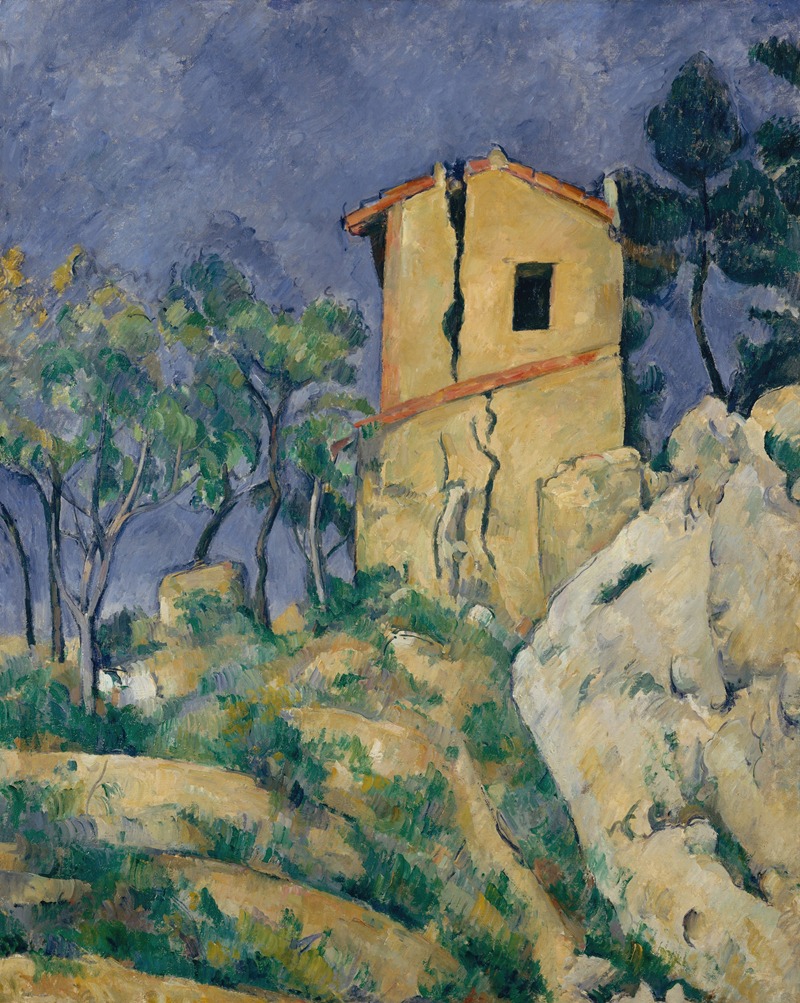
The House with the Cracked Walls
A hand-painted replica of Paul Cézanne’s masterpiece The House with the Cracked Walls, meticulously crafted by professional artists to capture the true essence of the original. Each piece is created with museum-quality canvas and rare mineral pigments, carefully painted by experienced artists with delicate brushstrokes and rich, layered colors to perfectly recreate the texture of the original artwork. Unlike machine-printed reproductions, this hand-painted version brings the painting to life, infused with the artist’s emotions and skill in every stroke. Whether for personal collection or home decoration, it instantly elevates the artistic atmosphere of any space.
Paul Cézanne's painting "The House with the Cracked Walls" is a notable work by the influential French Post-Impressionist artist. Cézanne, who lived from 1839 to 1906, is often credited with laying the groundwork for the transition from 19th-century artistic concepts to a new and radically different world of art in the 20th century. His work is characterized by a unique approach to form and color, which has inspired countless artists and movements, including Cubism and Fauvism.
"The House with the Cracked Walls" is an exemplary piece that showcases Cézanne's distinctive style and his interest in capturing the essence of his subjects through a meticulous exploration of shapes and colors. Although specific details about the painting's creation, such as the exact year it was painted, are not well-documented, it is generally believed to have been completed during the later years of Cézanne's career. This period was marked by a deepening of his exploration into the structural aspects of his compositions.
In this painting, Cézanne depicts a house with visible cracks on its walls, a subject that might seem mundane but is rendered with a profound sense of depth and complexity. The cracks in the walls are not merely physical imperfections; they serve as a metaphor for the passage of time and the inevitable decay that accompanies it. Cézanne's treatment of the subject reflects his fascination with the interplay between permanence and impermanence, a theme that recurs throughout his body of work.
Cézanne's technique in "The House with the Cracked Walls" involves the use of bold brushstrokes and a palette that captures the subtle variations in light and shadow. His approach to color is particularly noteworthy; he often employed a limited range of hues, using them to build form and volume rather than relying on line alone. This method allows the viewer to experience the painting as a cohesive whole, where each element contributes to the overall structure and harmony of the composition.
The painting is also a testament to Cézanne's innovative use of perspective. Unlike traditional linear perspective, which aims to create an illusion of depth on a flat surface, Cézanne's perspective is more fluid and dynamic. He often manipulated spatial relationships to emphasize the flatness of the canvas while still suggesting depth, a technique that would later influence the development of abstract art.
"The House with the Cracked Walls" is housed in a private collection, and as such, it is not as widely accessible as some of Cézanne's other works. However, it remains an important piece within his oeuvre, offering insight into his artistic process and his enduring impact on the art world.
Cézanne's legacy is profound, and "The House with the Cracked Walls" exemplifies the qualities that make his work so enduringly significant. Through his innovative techniques and his ability to imbue everyday subjects with a sense of timelessness, Cézanne continues to be celebrated as a pivotal figure in the history of art.










